Upgrading your vehicle's wheels and tires is a popular modification that can improve the look and performance of your ride, and picking the right tire can be easy—if you know where to look.
The first step is to determine what size wheels and tires you currently have and then decide how big or small you want to go. A size is always shown on the sidewall of any tire. Passenger vehicle tires are usually in metric form and larger truck tires can be shown as metric or standard size.
This diagram explains what each number or letter means.
| 1. Prefix P = Passenger car T = Temporary spare LT = Light truck ST = Trailer | 2. Section width That`s the overall width of the tire in millimeters when mounted on the correct width rim. |
| 3. This indicates the distance from the wheel-rim mounting surface to the outside of the tread. Aspect ratio is expressed as a proportion of the width instead of as an absolute number, so it's easier to compare the profiles of different-size tires. A 50-series tire is half as tall as wide, while a 70-series is 70 percent as tall as its width. | 4. Speed rating Only the highest-rated tires, the Z-rated models, still label the speed rating inside the tire-size designation. On all other tires, it's found elsewhere on the sidewall. |
| 5. Construction R = Radial-ply tire. D = Refers to diagonal, or old-fashioned bias-ply tire, now used only on trucks and trailers. | 6. Size The diameter of the rim in inches. If it seems odd to you to spec tire width in millimeters and diameter in inches, it does to me, too. |
A standard sized tire will be displayed in inches. A tire that reads 33 x 12.5 R15, is 33-inches in diameter (or tall), 12.5-inches wide, and will fit a 15-inch wheel.
The door jam of your vehicle will also indicate what size tires the manufacturer recommends. Going beyond that size will throw off your gearing and result in slower acceleration. It will also change your speedometer reading. Most tire shops will have a maximum wheel and tire size listed for your vehicle that will still fit without rubbing, but it's always best to check multiple sources and take advantage of online forums for advice.
Check out our guide for upgrading wheels and tires because bigger isn't always better.
Timothy Dahl
DIY Editor
Timothy is a lifelong DIY enthusiast who is fixated on smart home tech, beautiful tools, and wrenching on his FJ62 Land Cruiser. He’s the DIY editor at Popular Mechanics and also the founder of the home improvement site, Charles & Hudson, the Webby-nominated family site, Built by Kids, and Tool Crave. When not working, you’ll find him on his board or bike enjoying the LA weather with his family and friends. Follow him on Instagram and Twitter.
He’s the DIY editor at Popular Mechanics and also the founder of the home improvement site, Charles & Hudson, the Webby-nominated family site, Built by Kids, and Tool Crave. When not working, you’ll find him on his board or bike enjoying the LA weather with his family and friends. Follow him on Instagram and Twitter.
Tire size can be confusing. Some numbers on the sidewall are listed in millimeters while others are inches. Plus, the right size for your car, truck, or trailer can differ depending on where and how you drive.
You can see your original equipment tire size in your owner’s manual or on the placard generally located on the driver’s side door jam. This is the sizing recommended by the vehicle manufacturer.
If you’re interested in switching out your tires for a different look or performance, a good place to start is the numbers and other indicators on your existing tires’ sidewall. Next, have a tire professional help you determine a tire size range that will fit your vehicle and driving needs.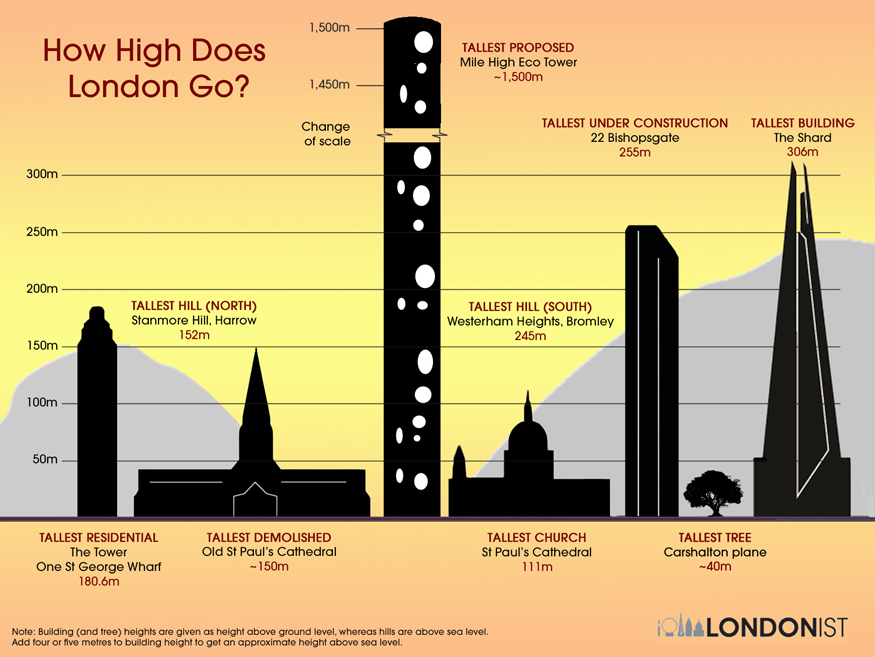
Here’s what those numbers and indicators on the sidewall indicate and how to understand them:
A: TIRE TYPE The first letter in the code tells you what class of tire it is.
P stands for passenger vehicle tire. P-class tires include cars, SUVs, crossovers, minivans and smaller pickup trucks.
LT means light truck tire, designed for vehicles that are capable of carrying heavy loads, towing trailers, or for those looking for an extra heavy duty option. These are often equipped on three-quarter or 1 ton trucks and SUVs.
ST stands for Special Trailer. These tire sizes are meant for trailers, including fifth wheels and other travel trailers, as well as boat and utility trailers.
If there’s no letter before the first number, you have a metric tire most commonly referred to as European size. It’s also measured in millimeters but may have a different load capacity than a P or LT tire.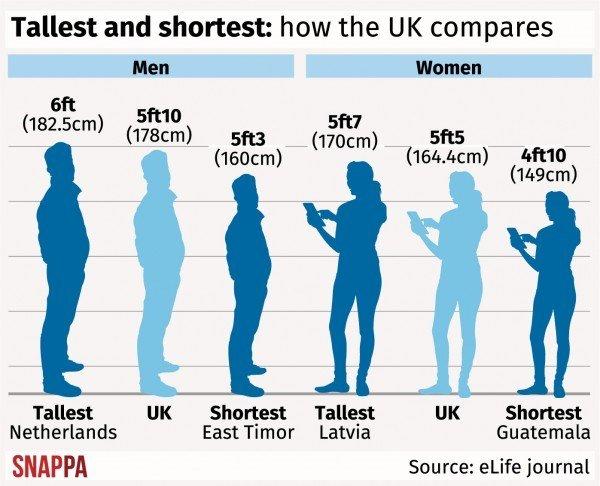
B: TIRE WIDTH The three-digit number following the letter is the tire’s width (from side to side, looking at the tire head on) in millimeters. This may also be referred to as the section width.
C: ASPECT RATIO The forward slash separates the tire width number from the two-digit aspect ratio. The bigger the aspect ratio, the higher/taller the tire’s sidewall, or “profile” as it’s sometimes called.
The aspect ratio is indicated on the tire sidewall as a percentage. It’s the height of the sidewall measured from wheel rim to top of the tread, expressed as a percentage of tire width.
In this example, the aspect ratio is 65, meaning the sidewall is 65 percent as high as the tire is wide. To get the sidewall height, take the tire width of 215 mm and convert it to inches (8.46). Then multiply this by 65% (.65). This gives you an answer of 5.5, the sidewall height in inches.
D: CONSTRUCTION TYPE This single letter tells you about the internal construction of the tire.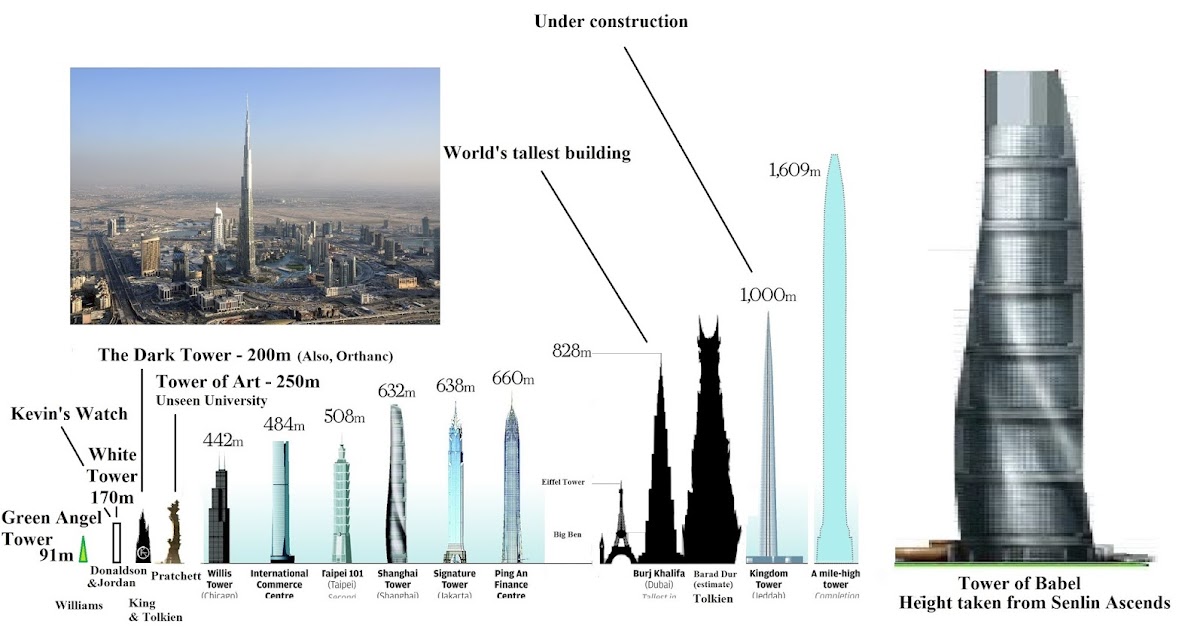
R is for radial tires, the industry standard for most tires today. They have better road grip, lower rolling resistance for better gas mileage, ride comfort and durability than previous generations of tires. In a radial tire, the plies — layers of strong cords made of a blend of polyester, steel and fabric and coated with rubber — are laid perpendicular to the direction of travel.
D is for tires built with diagonal (crisscrossed) plies, called bias-constructed tires. They are also called conventional, x-ply, or cross-ply tires. Some motorcycle and trailer tires still use this internal construction.
Some run-flat tires are identified with an F followed by the type of internal construction.
E: WHEEL DIAMETER This two-digit number specifies wheel diameter in inches. It’s the distance between the two bead seat areas (where a tire gets tightly sealed onto the wheel).
F: LOAD INDEX The two-digit or three-digit number that follows the gap specifies tire load index. The load index symbol indicates how much weight a tire can support, based on the following standard chart. In our example, the load index is 89, which indicates the tire has a load capacity of 1,279 pounds, when inflated to the tire’s maximum air pressure rating.
The load index symbol indicates how much weight a tire can support, based on the following standard chart. In our example, the load index is 89, which indicates the tire has a load capacity of 1,279 pounds, when inflated to the tire’s maximum air pressure rating.
G: SPEED RATING The last letter is the tire speed rating. This indicates the top speed it’s safe to travel at for a sustained amount of time. A tire with a higher speed rating can handle heat better and provide more control at faster speeds. The maximum operating speed of a vehicle is no more than the lowest speed rating of all tires mounted on the vehicle. (Of course, you should always abide by speed limits for safer driving.) Speed rating is usually, but not always, a single letter (see the chart).
Below you will find several charts that will help you understand tire sizing numbers, including a load index chart and speed rating chart.
A tire size calculator is a quick way to see whether the tire size you’re considering will likely fit your car, SUV, sports car, light truck or crossover.
But remember that is only an estimate. It’s important to stay within the sizing tolerances of your vehicle. Tires that are the wrong size could cause some pull in the steering wheel, rub against the suspension or body of your vehicle, reduce clearance on hills, or result in a stiffer or noisier ride.
If you’re considering mounting a different tire size on your vehicle, check with a tire expert. Find out whether the tires and wheels you have your eye on are the right fit for your vehicle’s suspension, gearing, and bodywork. And ask how any differences in revolutions per mile, tire speed, load index, and speed rating will affect your ride quality and vehicle performance.
See how new tires and rims will look on your car or truck using our Virtual Wheels simulator, available at any Les Schwab.
Find Your Store
1. What is the tire profile height and how to calculate it?
2.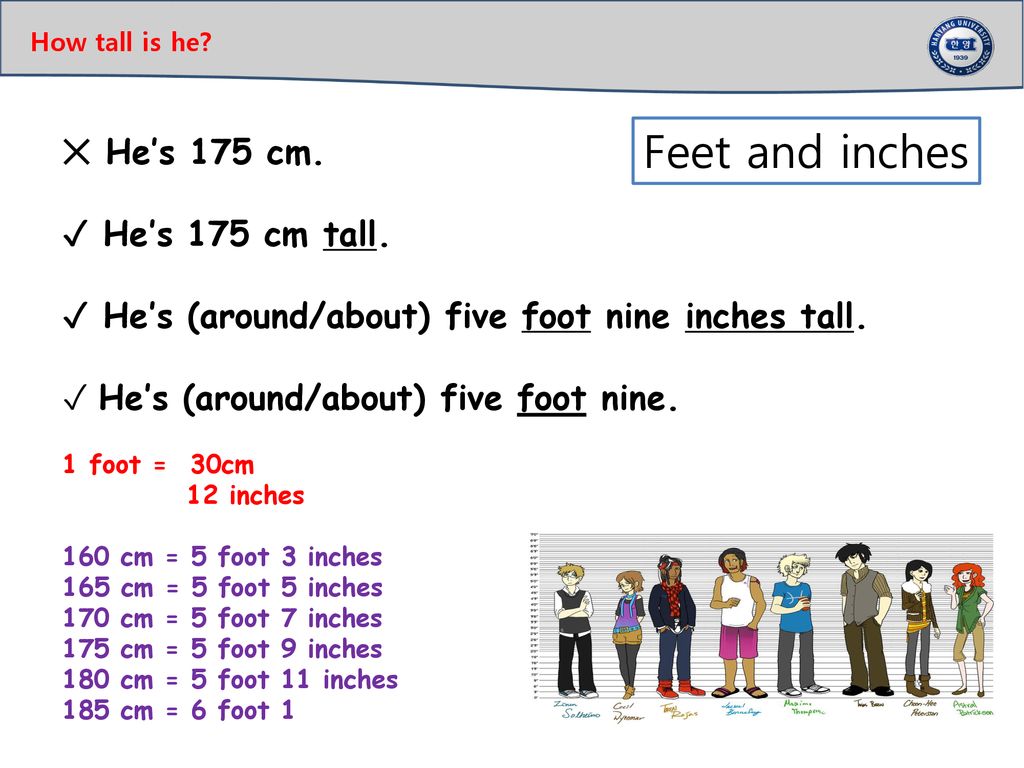 What does the tire profile affect?
What does the tire profile affect?
3. Increasing the tire profile: pros and cons
4. Reducing the tire profile: pros and cons
5. Do I need to change the profile height?
The tire profile is one of the key parameters that you need to pay attention to when choosing car tires. For each car, the manufacturer usually develops recommendations regarding what tire size should be and what deviations in these dimensions are acceptable. Deviations from the specified especially often concern the height of the tire profile. What affects the profile of the tire, and is it really necessary to change it? We understand.
What is tire profile height and how to calculate it?
Simply put, the height of a tire profile is practically its thickness, that is, the distance from the disk to the outermost surface of the tread.
The catch is that in the markings on the car tire itself, the profile height is not indicated directly in millimeters - it depends on the width of the tire.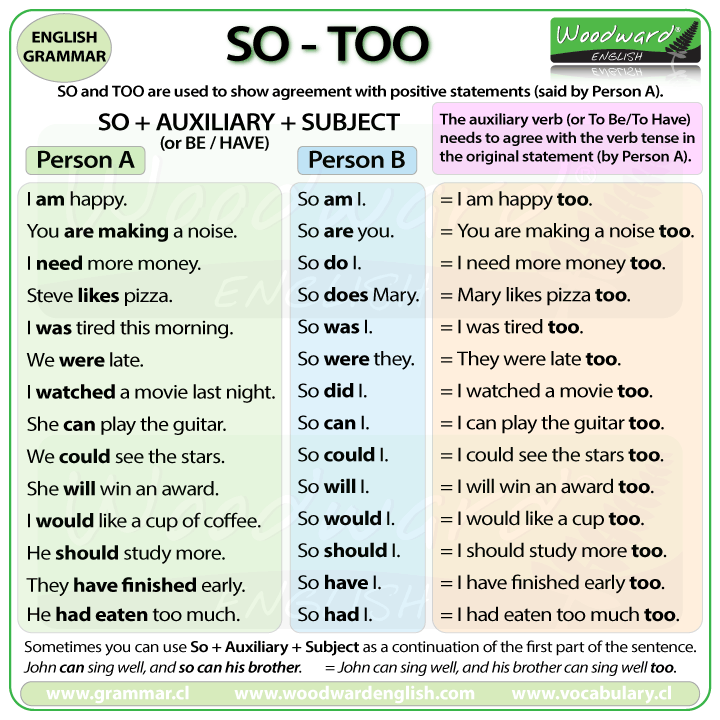
For example, the marking says that we have a tire of dimension:
215/50R17
The width is 215 mm, the profile height is 50% of this width, which means: 215 * 0.5 = 107.5 mm. What is important in this system of calculation? That with different tire widths with the same height percentage, the height will actually be different. So, for 225/50 tires, the profile height will already be 225 * 0.5 = 112.5 mm. So don't let the coincidence of the numbers after the fractional line on the marking mislead you - with different widths, the height will also be different.
Marking R17 in colloquial speech is often called the radius of the wheel, but this is not true. R stands for radial construction (how the cord fits in the tire), and the number is the fit or inner diameter of the tire in inches. So, we have 17-inch radial tires.
The labeling of American car tires is different from European ones. It is presented in the form
35×12. 50 R15
50 R15
There is no profile height data here, and all dimensions are measured in inches. 35 inches is the outer diameter of the tire, 12.50 is the width of the tire, and R15 is the already familiar 15 inches of the landing diameter. To calculate the profile, we connect geometry to arithmetic: subtract the inner diameter from the outer diameter, we get the “thickness” of the tire on both sides of the disk, divide it by two and get the profile. (35-15)/2= 10 inches. You can convert to meters according to the scheme 1 inch = 2.54 cm. Thus, the tire profile is 25.4 cm or 254 mm.
What is the profile of a tire?
As practice shows, even a slight deviation from the tire parameters specified by the manufacturer can affect how the car behaves on the road. For example, tires with a low profile and larger rims are easier to handle in turns, and a high tire profile increases flotation. It turns out that even with small changes in the height of the profile, you can slightly adapt the car to your driving style and road conditions.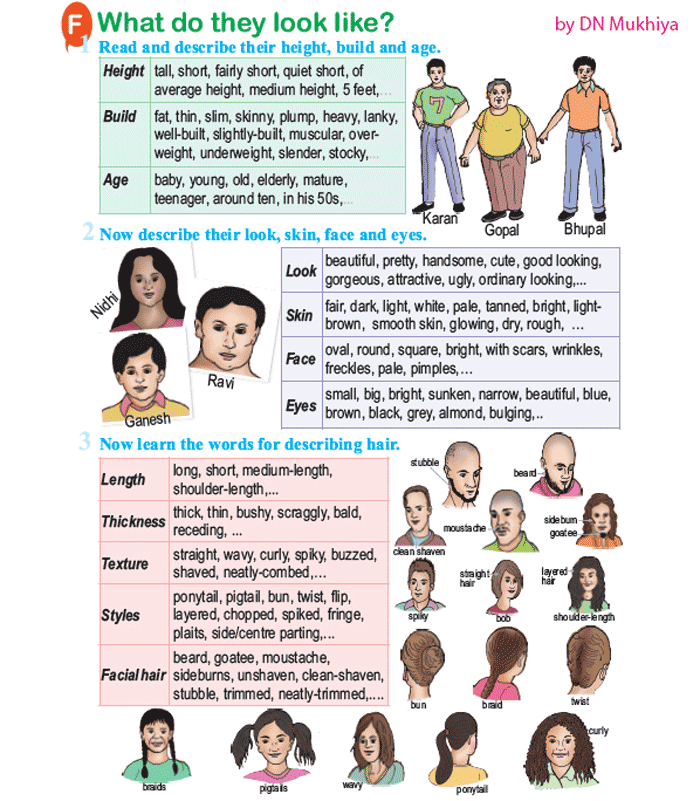
How far you can deviate from the optimal dimension is another question. It is possible to reduce and increase the profile of the tire without changing the diameters of the wheel; it is enough to choose a larger or smaller disk, respectively. If the entire diameter of the tire increases, then problems may arise: when driving, the tire will touch the wheel arch or fender liner, which threatens with damage. And the wheel itself will become noticeably heavier, which will put an additional load on the suspension. Such changes are well tolerated by SUVs, since they are designed for additional load, but owners of ordinary passenger cars should think again.
Increasing the tire profile: pros and cons
Pros:
- while maintaining the width of the tire, a slight increase in the profile will make driving softer, especially when passing obstacles;
- reduces the risk of tire sidewall puncture;
- tires with a larger diameter (by 1-2 sizes) give a higher fit, which increases the patency of the tire.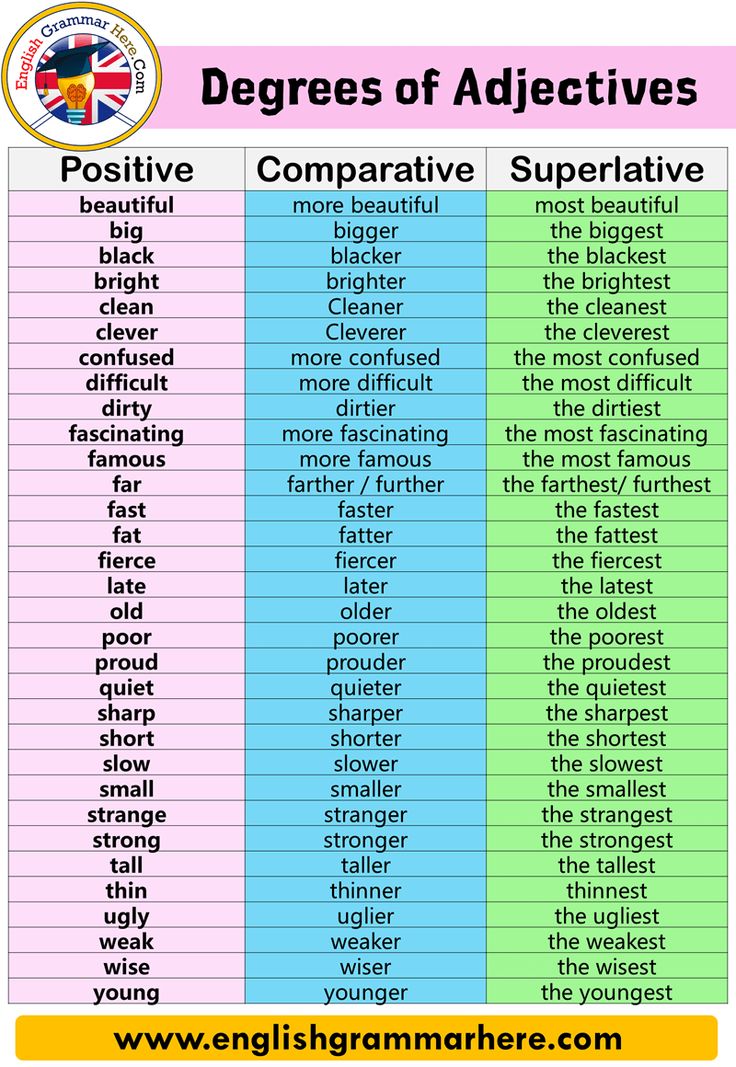
Minuses:
- too high a tire profile will have a bad effect on braking and cornering performance;
- with an increase in the diameter of the tire, there is a risk of touching the body parts with tires, especially when the steering wheel is fully turned;
- Tires with a high profile weigh more, which gives an additional load on the suspension and the tires themselves when driving.
Tire profile reduction: pros and cons
Reducing the tire profile is not so often resorted to. This is usually due to the desire to give the car a more stylish and aggressive look. Tires with a low profile and a wide rim are usually reserved for sports cars and high-end cars with a sporty slant. And not in vain.
Pros:
- low-profile tires improve the car's responsiveness to handling and braking performance;
- tires with a low profile are more resistant to deformation during maneuvers and cornering;
- better grip on flat roads.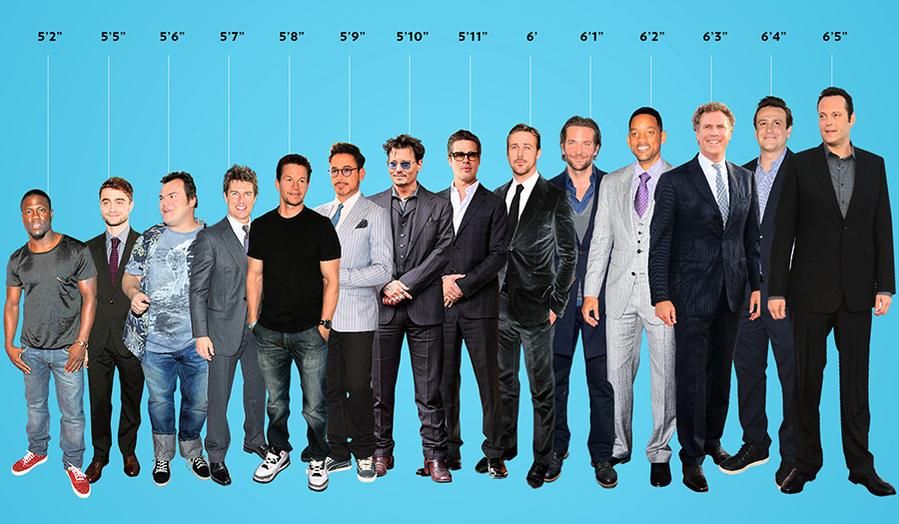
Minuses:
- low-profile tires are demanding on the quality of the road, since driving comfort on such tires drops sharply on uneven bumpy surfaces;
- tires with a low profile are noisier;
- the risk of deformation during long-term parking due to high pressure and an increased contact patch of the tire with the surface.
Do I need to change the height of the profile? conclusions
1. Low-profile tires are adapted to high-speed driving on highways and flat highways; they are unlikely to show their best side on domestic roads.
2. Increasing the profile of the tire while maintaining the diameter of the disk increases the vehicle's cross-country ability; an increase in the profile with a corresponding reduction in the disc increases driving comfort on rough roads.
3. Manufacturers advise deviating from the recommended tire profile sizes by no more than 3% for passenger cars. For trucks and light trucks, the spread can be more flexible.
4. Changing the tire profile affects how your car behaves on the road. Responsiveness, softness of movement, acceleration and braking speed and many other characteristics will change, which will have to get used to again.
For example: you have a 175/70 R13 wheel on your car. Using this table, we determine the profile height of your tire 175 by 70, we get 12.2 cm. If you want to put the tire wider and leave the wheel height the same, then select a value close to 12.2 from the table.
We get the size 205/60 R13. If you want to increase the size of the disk, leaving the wheel height the same, the following calculations are necessary: 175/70 R13 the profile of this wheel according to the table is 12.2 cm, multiply it by 2 because. wheel height consists of two profile values 12.2x2=24.4 cm. Next, add the size of the disc, R13 is 13 inches, convert to cm. 13x2.54=33cm. Then add the two values 24.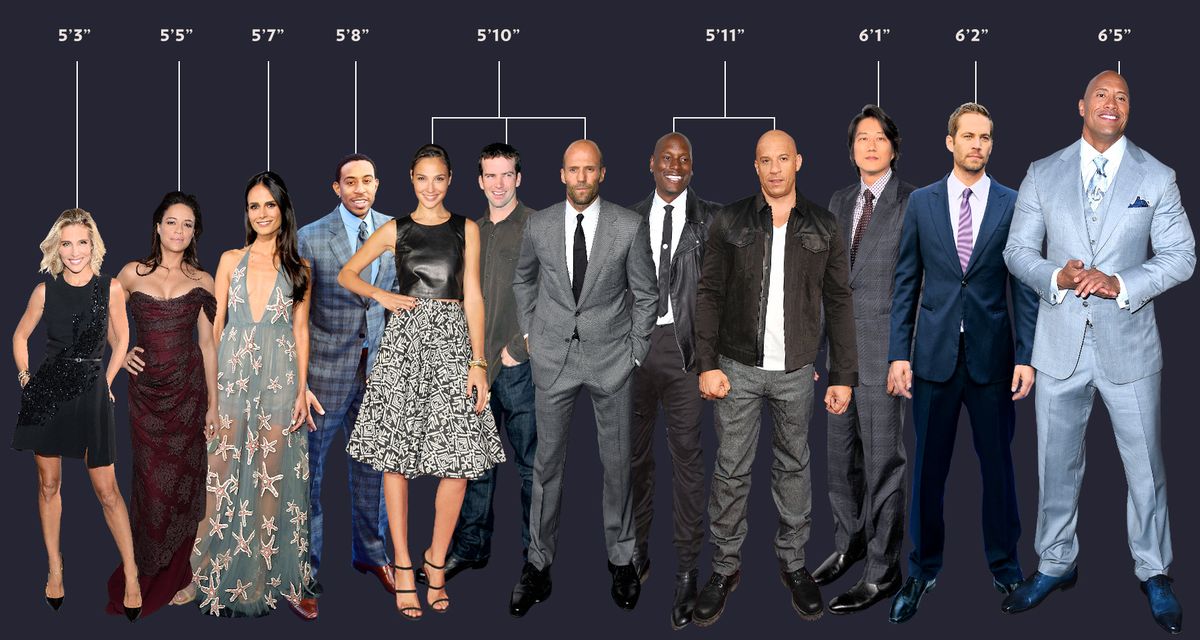 4+33=57.4cm. this is the full height of the wheel. Now, having done some simple calculations, you will understand that you can put 195/50 R15 or 185/60 R14, for these sizes, the wheel height is about the same - 57cm. But we should not forget that with an increase in the width of the tire, it is desirable to increase the width of the disk. Usually, the standard wheel height on the machine can be increased by 1, maximum 2 sizes. Before you change the dimension of the wheel, you can always consult with our highly experienced specialists. In some cases, the car has regular wheels of the same radius, but different widths, and the height of the wheels must be the same. (BMW 7 SERIES front 235/50 R 18, rear 255/45 R18). For all these calculations, this table was created.
4+33=57.4cm. this is the full height of the wheel. Now, having done some simple calculations, you will understand that you can put 195/50 R15 or 185/60 R14, for these sizes, the wheel height is about the same - 57cm. But we should not forget that with an increase in the width of the tire, it is desirable to increase the width of the disk. Usually, the standard wheel height on the machine can be increased by 1, maximum 2 sizes. Before you change the dimension of the wheel, you can always consult with our highly experienced specialists. In some cases, the car has regular wheels of the same radius, but different widths, and the height of the wheels must be the same. (BMW 7 SERIES front 235/50 R 18, rear 255/45 R18). For all these calculations, this table was created.
| shk | 155 | 165 | 175 | 185 | 195 | 205 | 215 | 225 | 235 | 245 | 255 | 265 | 275 | 285 | 295 | 305 | 315 | 325 |
| vp | ||||||||||||||||||
| 30 | 7. 6 6 | 7.9 | 8.2 | 8.5 | 8.8 | 9.1 | 9.4 | 9.7 | ||||||||||
| 35 | 8.2 | 8.6 | 8.9 | 9.3 | 9.6 | 10 | 10.3 | 10.7 | 11 | 11.4 | ||||||||
| 40 | 8.2 | 8.6 | 9 | 9.4 | 9.8 | 10.2 | 10.6 | 11 | 11.4 | 11.8 | 12.2 | 12.6 | 13 | |||||
| 45 | 8.8 | 9.2 | 9.7 | 10.1 | 10.6 | 11 | 11.5 | 11.9 | 12.4 | 12.8 | 13. | 13.7 | 14.2 | 14.6 | ||||
| 50 | 9.8 | 10.2 | 10.7 | 11.2 | 11.7 | 12.2 | 12.7 | 13.2 | 13.7 | 14.2 | 14.7 | 15.2 | 15.7 | 16.2 | ||||
| 55 | 10.2 | 10.7 | 11.3 | 11.8 | 12.4 | 12.9 | 13.5 | 14 | 14.6 | 15.1 | 15.7 | 16.2 | 16.8 | 17.3 | 17.9 | |||
| 60 | 10.5 | 11.1 | 11.7 | 12.3 | 12.9 | 13.5 | 14.1 | 14.7 | 15.3 | 15.9 | 16.5 | 17.1 | 17.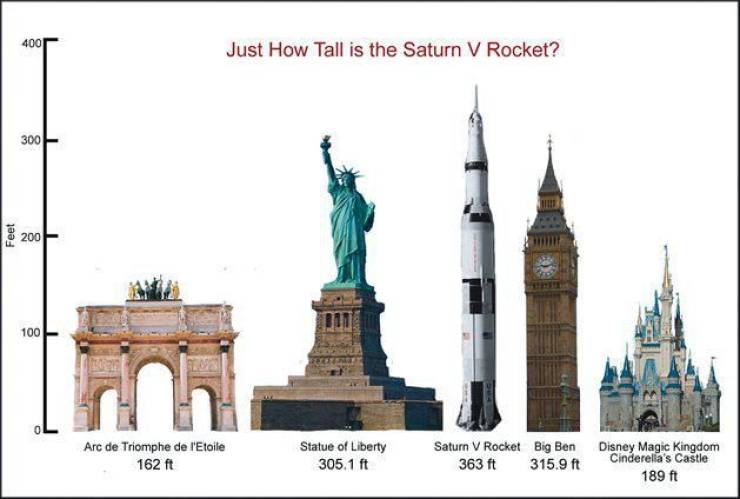 7 7 | 18.3 | 18.9 | 19.5 | ||
| 65 | 10 | 10.7 | 11.4 | 12.6 | 12.8 | 13.3 | 14 | 14.6 | 15.3 | 15.9 | 16.6 | 17.2 | 17.9 | 18.5 | 19.1 | 19.8 | 20.5 | 21.1 |
| 70 | 10.8 | 11.5 | 12.2 | 12.9 | 13.6 | 14.3 | 15 | 15.7 | 16.4 | 17.1 | 17.8 | 18.5 | 19.2 | 19.9 | 20.6 | 21.3 | 22 | 22.7 |
| 75 | 11.6 | 12.4 | 13.1 | 13.9 | 14.6 | 15.4 | 16.1 | 16.8 | 17.6 | 18.4 | 19.1 | 19.9 | 20. |